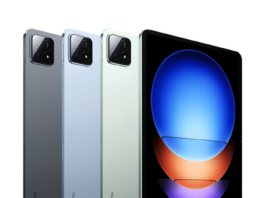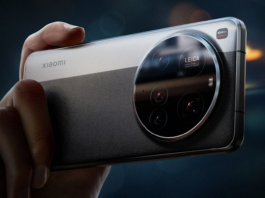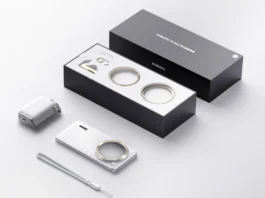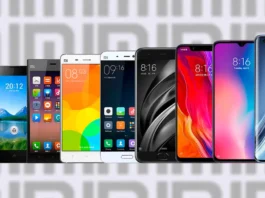In its latest product launch event in China, Xiaomi took the wraps off the new Xiaomi Pad 7 and Pad 7 Pro. While the spotlight was largely on the highly anticipated Xiaomi 15 and Xiaomi 15 Pro, the unveiling of these two tablets demonstrated Xiaomi’s commitment to delivering powerful, upper-midrange devices tailored for both performance and entertainment. With premium display features, upgraded chipsets, and versatile configurations, the Pad 7 and Pad 7 Pro are expected to appeal to users seeking a blend of capability and affordability in a tablet.
Display and Visuals: A 144 Hz 3.2K Display that Stands Out
Both the Xiaomi Pad 7 and Pad 7 Pro share a vibrant 11.2-inch LCD display with a resolution of 3200 x 2136 pixels, delivering sharp and clear visuals at a 3:2 aspect ratio. The display also supports a smooth 144 Hz refresh rate, making it suitable for gaming, video playback, and other fast-moving content with minimal lag and blur. In terms of brightness, the tablets reach a peak of 800 nits, ensuring visibility even in brighter environments. Whether for work or entertainment, the display capabilities make these devices stand out in their class.
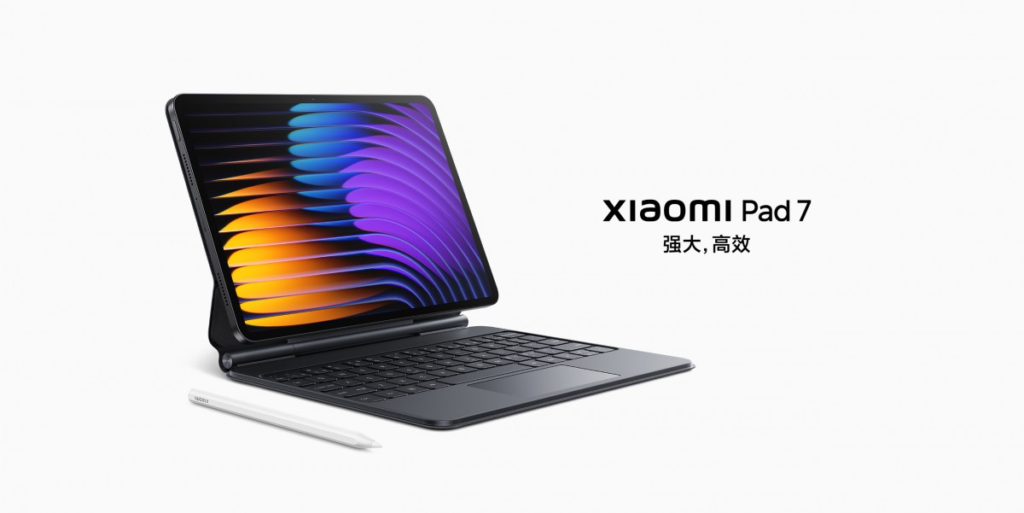
Powering Performance: Snapdragon Chipsets for Enhanced Speed
While both models sport high-performance processors, each targets slightly different user needs with varying chipsets. The standard Xiaomi Pad 7 is equipped with the Snapdragon 7+ Gen 3, a robust processor that effectively handles multitasking and light gaming. The Pad 7 Pro, on the other hand, takes things up a notch with the Snapdragon 8s Gen 3 processor, promising enhanced processing power for more demanding applications, faster response times, and overall improved performance. Although these aren’t flagship chipsets, they’re designed to offer substantial performance capabilities while maintaining efficiency, making the tablets capable yet affordable.
Battery and Charging Capabilities
Battery life and charging speed are two crucial aspects for tablets, and Xiaomi has prioritized these areas with the Pad 7 and Pad. Both devices come equipped with an 8,850 mAh battery, which supports extensive usage across various applications. Charging speeds, however, differ between the two models: the Pad 7 supports a maximum charging speed of 45W, while the Pro increases this capability to 67W. This means users of the Pro model can expect faster recharge times, allowing them to get back to their tasks or entertainment with minimal downtime.
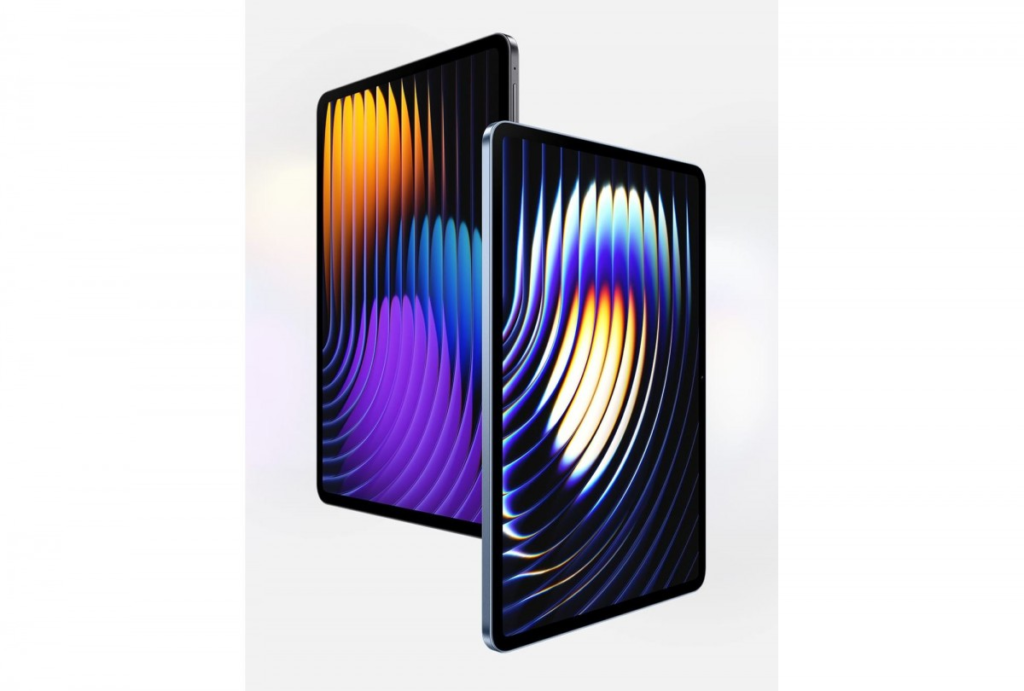
Camera Upgrades: High-Quality Imaging on the Pro
Xiaomi has also introduced notable distinctions in the camera systems of the two tablets. The standard Pad 7 features a 13 MP rear camera and an 8 MP front-facing camera, sufficient for everyday photography, video calls, and basic photo needs. The Pro steps up its camera quality, boasting a 50 MP rear camera for higher-resolution images and a 32 MP front camera, ideal for users who prioritize high-quality video conferencing and selfies. With these upgraded cameras, the Pro has a clear edge in imaging capabilities, making it the better choice for photography enthusiasts.
Software and Security: HyperOS 2 with Added Features
The Xiaomi Pad 7 series runs on Xiaomi’s HyperOS 2, which is reportedly based on Android 15. While this version has yet to be officially confirmed, HyperOS 2 brings in Xiaomi’s signature user interface, optimized specifically for tablets to enhance productivity and ease of use. The tablets also come equipped with a side-mounted fingerprint sensor, providing a convenient and secure way for users to unlock their device and ensure data protection. This security feature caters to users who prioritize data safety and quick access, particularly in shared environments or when multitasking.
Storage Options and Build: Flexible Configurations for Different Needs
Xiaomi provides a range of configurations to cater to diverse user requirements in terms of storage and memory. Both the Pad 7 and Pad 7 Pro are available in three main configurations: 8 GB of RAM with 128 GB of storage, 8 GB with 256 GB, and 12 GB with 256 GB. For users who need more storage, the Pad 7 Pro offers an exclusive 12 GB/512 GB model, ideal for those who require extensive storage for apps, files, and multimedia content.
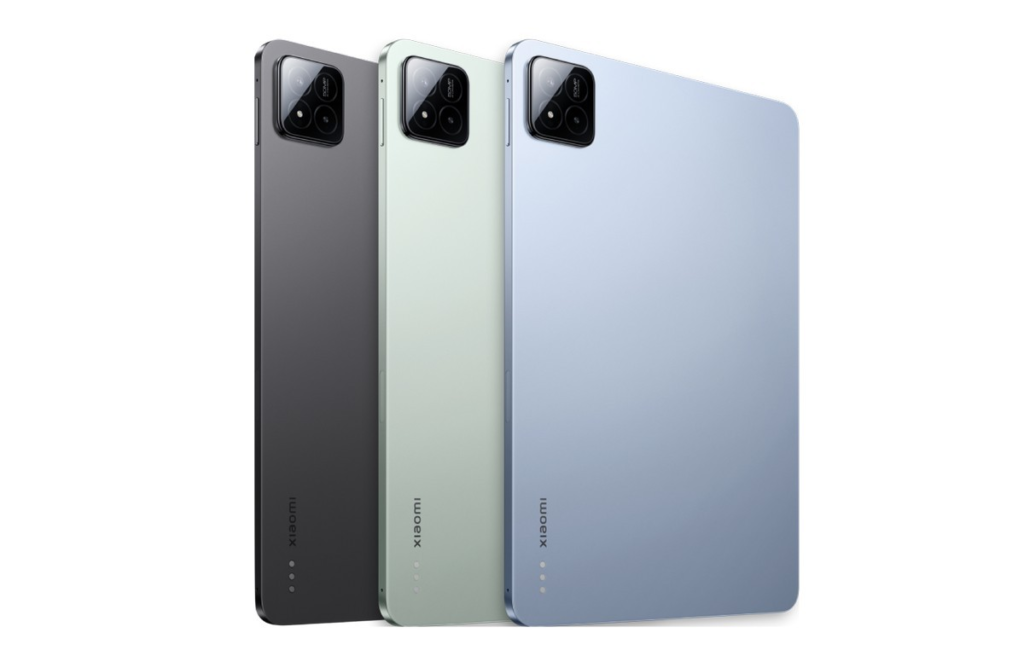
In terms of design, the Pad 7 and Pad 7 Pro are virtually identical, with both measuring 251.22 x 173.42 x 6.18 mm and weighing 500 grams. This thin and lightweight design ensures portability without compromising durability. Available in black, blue, and green, the tablets cater to a range of personal styles, making them versatile options for different users.
Pricing and Value for Money
Xiaomi has positioned the series at a competitive price point to attract mid-range buyers who seek high performance without the flagship price tag. The Pad 7 is set to retail starting at CNY 1,999, or approximately $280, making it a highly accessible option in the tablet market. With its advanced display, reliable processors, and ample storage configurations, Xiaomi aims to provide value that meets the demands of a variety of users—from students and professionals to casual entertainment users.
Xiaomi’s Balanced Approach with the Pad 7 Series
The introduction of the Xiaomi Pad 7 and Pad 7 Pro highlights Xiaomi’s commitment to catering to a broad range of users. By incorporating premium features like a 144 Hz 3.2K display and versatile storage options, while maintaining affordability, Xiaomi has designed these tablets as viable alternatives in the upper-midrange segment. The balanced approach between performance and price gives these models an edge, especially for users who want a powerful device without stretching their budget. As Xiaomi expands its lineup with high-quality yet cost-effective devices, the Pad 7 and Pad 7 Pro stand out as appealing choices in the tablet market.


